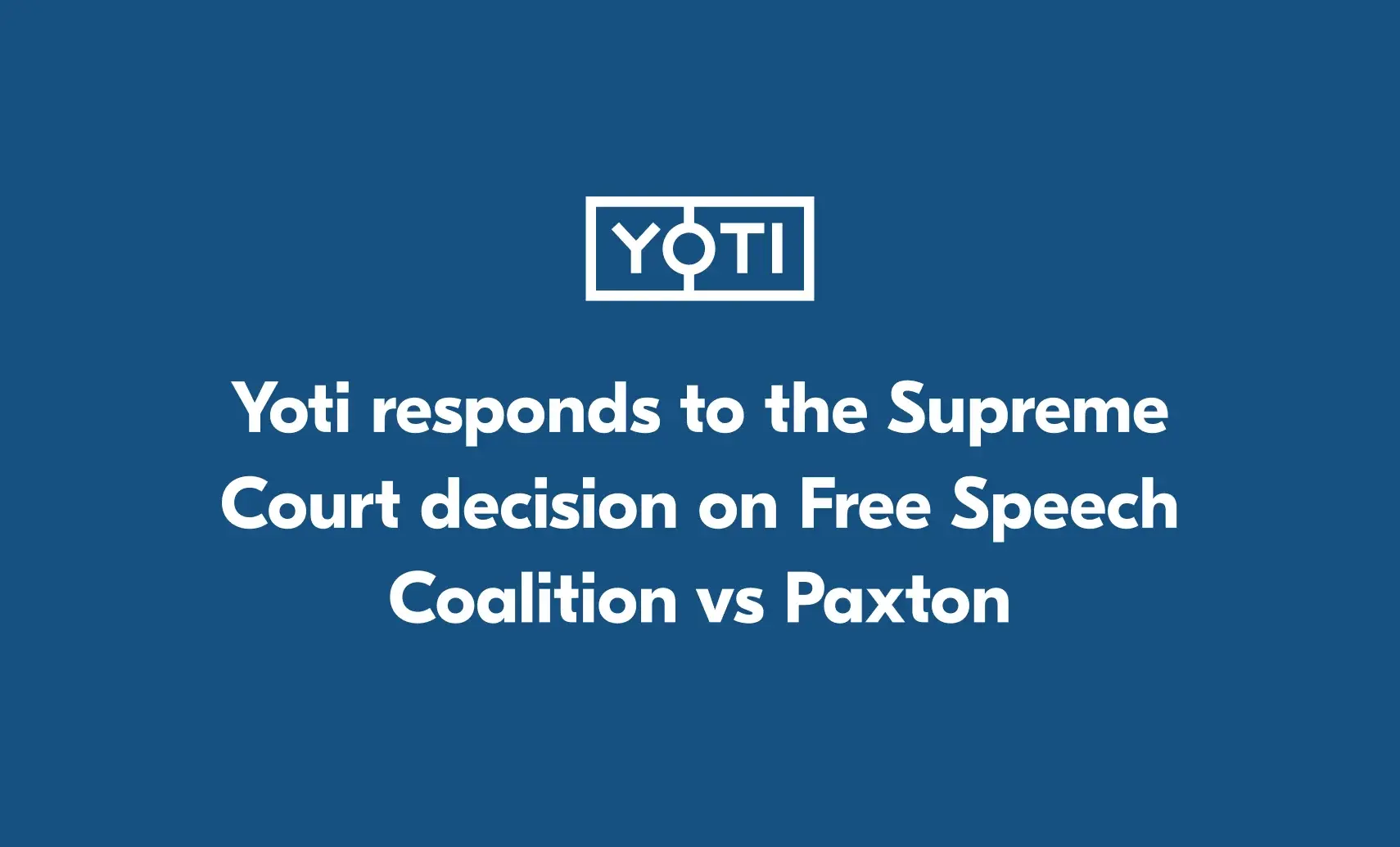
In a major policy development, the UK Government has announced new guidance that will formally recognise certified digital identities as valid tools for complying with the UK’s Money Laundering Regulations (MLRs).
HM Treasury and the Department for Science, Innovation & Technology (DSIT) made the announcement last month as part of a wider consultation response on Money Laundering Regulations. The public consultation had nearly 200 industry responses, from sectors including finance, tech, regulators and civil society. It aims to resolve longstanding uncertainty over how regulated firms can use digital identity services to meet anti‑money laundering (AML) and customer due diligence (CDD) obligations.
Industry bodies have previously voiced concerns that current MLR guidance lacked clarity on the acceptability and usage of digital identity providers. We take a look at what the new guidance will contain, why it matters and what it means for businesses.
What’s in the new MLR guidance?
The updated guidance will:
- Set out what qualifies as a trusted digital identity under AML rules. This includes how they’re verified, who can verify them and what standards must be met.
- Confirm how digital identity providers, certified under the UK Digital Identity and Attributes Trust Framework (DIATF), satisfy MLR requirements. This is thanks to the statutory recognition provided by the newly-passed UK Data Act and accreditation certified by UK Accreditation Service (UKAS).
- Issue practical guidance to support companies that are integrating digital identity verification into their risk‑based CDD processes. This could be when, for example, onboarding high‑risk clients or conducting ongoing monitoring.
- Address how to operationalise conflict or overlap between MLR expectations (e.g. proof of identity) and digital identity attributes (e.g. an “over 18” credential). It’ll also clarify when further checks are needed.
Why does the new guidance matter for digital identities in the UK?
Regulatory clarity and consistency
The lack of clear regulatory guidance has historically been a barrier to adoption. Businesses worried about regulatory risk, fines or prosecution, as there was confusion over whether digital identities met MLR standards.
This guidance aims to formally eliminate that uncertainty as businesses will now have authoritative guidance backing the use of certified digital identities. MLR compliance will be linked to the trust framework, easing interpretation for businesses. The announced joint guidance will give further detail on how digital identities can be used in line with the MLRs’ risk-based approach.
Regulators like the Financial Conduct Authority are expected to reference this guidance when reviewing businesses’ compliance frameworks.
Economic benefits
The UK Government estimates that widespread digital identity adoption across financial services and professional sectors could generate £4.3 billion in economic efficiencies by 2034. These gains will come from reduced levels of fraud, faster onboarding and lower compliance costs.
Global alignment
In recognising accredited digital identity providers as valid CDD sources, the updated guidance aligns the UK’s AML approach with evolving Financial Action Task Force (FATF) standards. The FATF is the global money laundering and terrorist financing watchdog.
This will strengthen the UK’s global competitiveness and support better outcomes in future FATF evaluations.
Increased adoption of digital IDs
Around 27% of people surveyed reported using a digital identity check to open a bank account. Of those, 75% said it was quicker than manual document checks. The new guidance gives banks, fintechs, insurers and businesses in other regulated industries the assurance they need to scale up digital verification. It will detail how people can use digital identities like Yoti to comply with Money Laundering Regulations.
What are the benefits for businesses?
The recognition of digital identities for CDD and AML processes unlocks several benefits for businesses. They include:
- Faster onboarding and lower costs – Digital identity checks streamline onboarding by cutting manual reviews and reducing document handling. This means verifying customers in seconds rather than days, sharply decreasing operational costs and friction for customers.
- Enhanced fraud prevention – Digital identity services using robust security features offer increased protection against impersonation and forgery (such as with fraudulent documents). These safeguards include biometric authentication, liveness detection, anti‑spoofing and document authenticity checks.
- Improved data privacy – With digital IDs, customers can be more selective about which attributes they share. This is because businesses can request only what they need (such as an “over 18” credential or address), rather than storing full copies of passports or utility bills. This supports data minimisation and privacy compliance.
- Regulatory assurance – Using a provider certified under the UKAS-accredited DIATF framework gives businesses greater regulatory confidence. Businesses can be sure that their digital identity service providers meet standards endorsed by both the Government and the FCA.
- Ongoing risk monitoring – Digital identities enable real‑time watchlist screening, PEP monitoring, sanctions checks and live risk alerts. This supports businesses with their ongoing AML monitoring requirements.
Implications for different sectors
- Financial services and fintech – Digital identities now formally aligned with both Joint Money Laundering Steering Group (JMLSG) guidance and MLR CDD obligations. This creates consistency across banking, lending, crypto, payments and pensions firms. Additionally, Enhanced Due Diligence (EDD) rules can now be supported through certified digital identity verification, where the increased risk demands more thorough checks.
- Right to rent and right to work – Certified digital identity checks can already be used for these legal requirements, replacing manual document reviews and enabling fully digital verification.
- High‑value and regulated sectors – New sectors brought into scope include art dealerships, insurance, corporate service providers, crypto‑asset firms and estate agents. These sectors can now rely on certified digital identities for KYC on high‑value transactions.
- Companies House & corporate governance – Under the Economic Crime and Corporate Transparency Act (ECCTA), all company directors and Persons of Significant Control must verify their identity by 18th November 2025. Certified digital identity offers a scalable solution.
Managing the transition
The July 2025 announcement by the UK Government signals a pivotal turning point. It elevates digital identity from a helpful alternative to a validated, regulated route for AML compliance.
For UK businesses, particularly in financial services and regulated sectors, it provides clarity, confidence and cost‑effective pathways to onboarding customers securely and quickly. For consumers, it means greater privacy, convenience and control.
Em Hyett, Group Product Manager at Yoti says, “It’s exciting to see that the UK Government is working to build industry confidence in digital identities that will accelerate adoption and enable the security and efficiency benefits that digital identities offer. Yoti Digital ID is independently certified to the UK Government Trust Framework so we are well‑positioned to support businesses enabling the use of digital identities to meet MLR requirements.”
If you’d like to know more about how your business can adopt compliant digital identity verification, get in touch.



